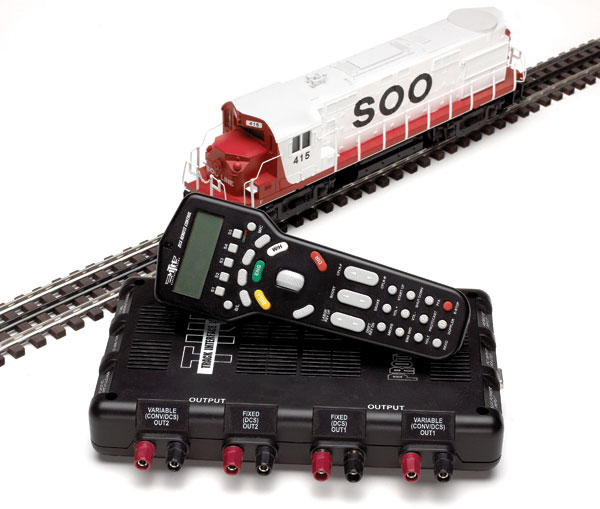You’ve learned a few things about toy trains, and maybe even bought a few items or pieces of track. You have a spare room and would like to build a layout. What’s next? Before you start building, we’ve got a list of what to consider first.
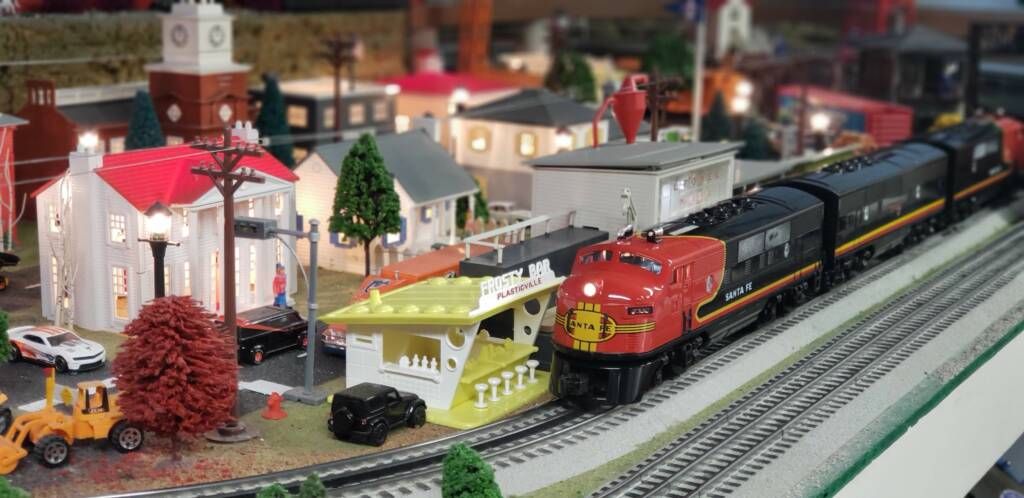
No. 1 Consider your space
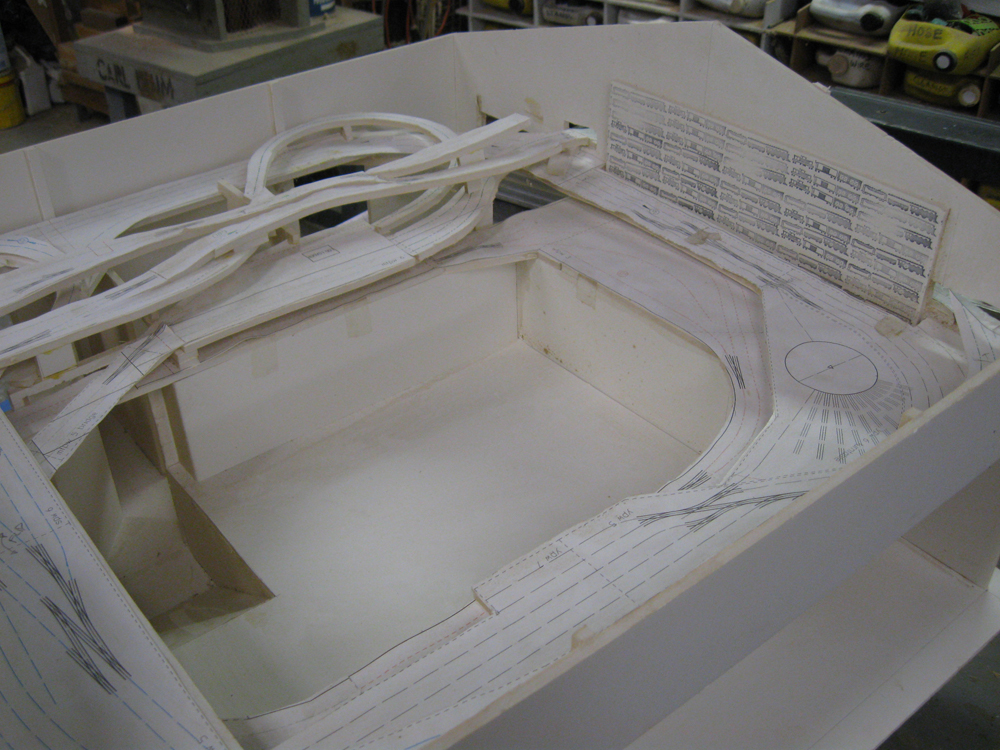
Consider the room or space you’re using for your layout. Do you want to upgrade room lighting or paint the walls before you begin your project? What kind of access do you have for bringing in lumber and benchwork supplies? What kind of items will you need to work around (windows, doorways, outlets, water heater, support post, etc.)?
What’s your budget? It’s important to factor in all costs of building a layout, not just the track. Lumber, paint, scenery supplies, roadbed, structures, and more can add up quickly. Shopping for used equipment in hobby stores or at train shows can save you money. However, it will take more time to find what you’re looking for. You may want to prioritize your money for certain projects (buying new track and running used equipment, for instance). It’s all up to you!
Consider your skill set. Perhaps you’d prefer to buy premade benchwork if you don’t have woodworking skills. Or maybe you can trade projects with a hobbyist friend who has skills that you don’t. He can build your benchwork while you weather his structures or rolling stock, for instance.
Do you want to build the layout in sections in case you want to expand the track plan later (or move to another location down the road)? Will the layout be up against a wall (or two) or freestanding?
Here’s a drawing for basic benchwork you can build: https://stage.trains.com/ctt/beginners/build-a-basic-train-table/
No. 2 Revise your track planning
Consider the type of track. Do you have a bunch of tubular track you’d like to re-use, or would you prefer track with built-in roadbed, like Lionel FasTrack? Do you prefer a more realistic look (i.e., GarGraves)? Learn how to add track inexpensively: https://stage.trains.com/ctt/beginners/adding-track-on-the-cheap/
Use the widest diameter curves your track plan can accommodate. Trains look more graceful running through wider curves. Are larger engines on your wish list? Those often need wider curves to navigate through.
Switches can eat up space fast. Buy a single switch first and use it to sketch out your yard on the tabletop. Consider placement of your switch wiring beforehand.
We have dozens of track plan ideas in our database. https://stage.trains.com/ctt/how-to/track-plan-database/
We have a book full of Lionel FasTrack plans: https://kalmbachhobbystore.com/product/book/10-8804
No. 3 Home in on your structures and accessories
Consider building placement. They can eat up a lot of surface space and can be a challenge to squeeze in after the track is laid down. Look at the footprints of your must-have structures and how they might fit in your space.
Engine service facilities are also real estate hogs. Do you want a roundhouse or engine shed? Make your choices wisely.
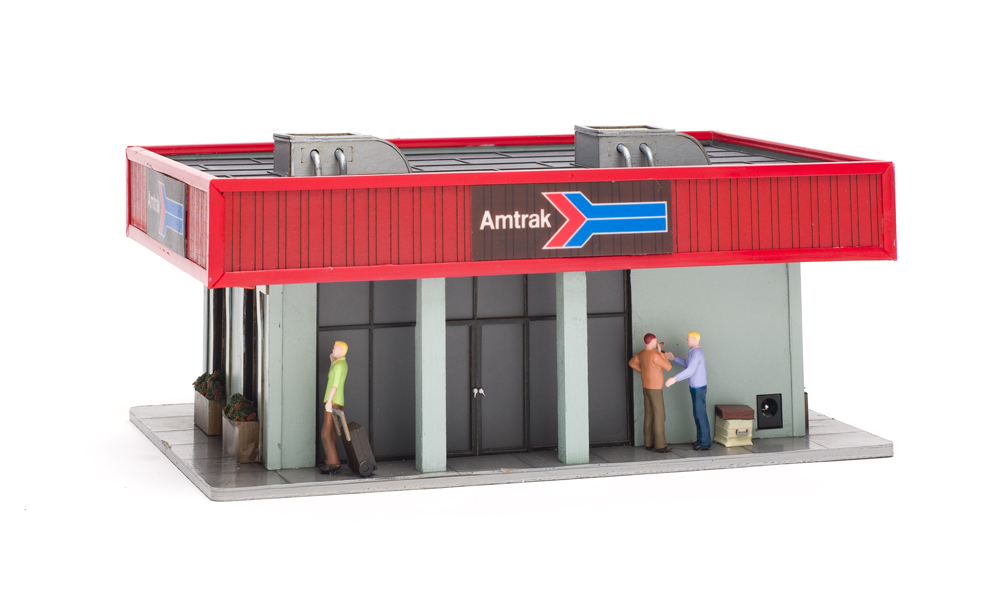
Passenger station placement. Avoid curves near the station and consider adding a run-through siding to park a train.
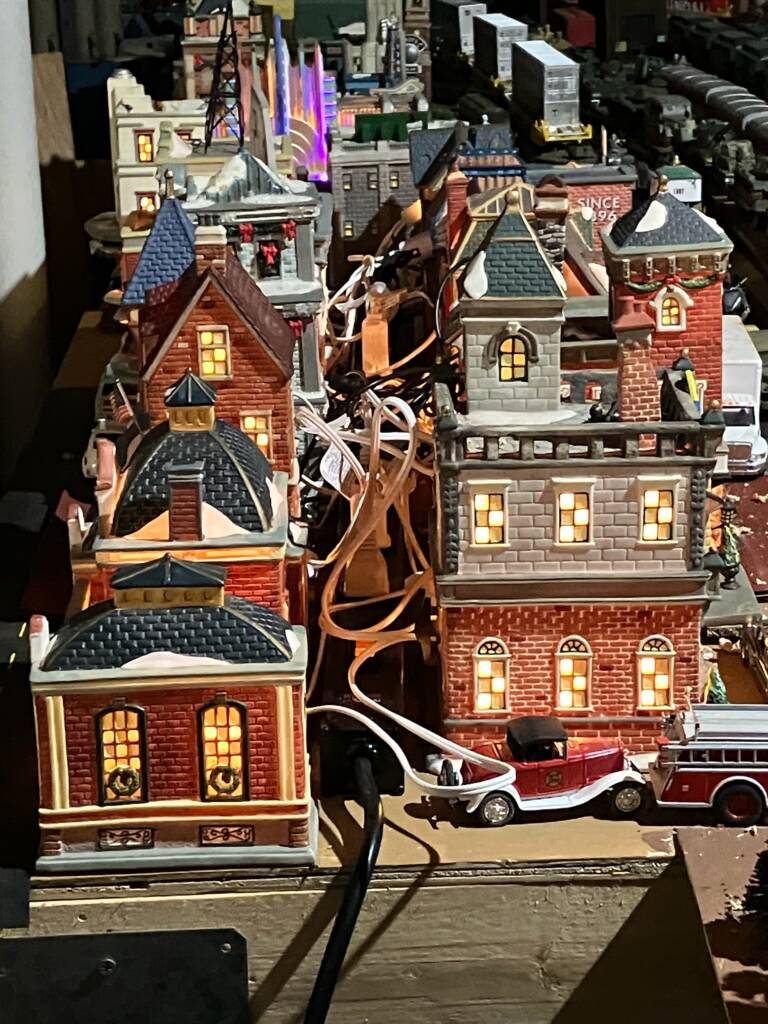
Do you want building illumination? Department 56 Snow Village lights, Woodland Scenics’ Just Plug, Lemax, or the Menards Plug and Play systems are all options. However, not all systems work together. Menards system, for example only works with Menards structures. Consider what brands of structures you have (or want) before deciding on a lighting system.
No. 4 Be wise with electrical
Plan several power feeder wires. Depending on the footprint, placing feeders at 12:00, 3:00, 6:00, and 9:00 is a good starting point. Two options for feeder wires are either powering them in a direct line to the transformer or using a bus system.
Learn more about wiring your layout: https://stage.trains.com/ctt/how-to/restoration-repair/handbook-of-layout-wiring/
Not all control systems are compatible. If you’re running prewar or postwar engines, all you need is a transformer that connects to the track. However, if you’re running modern locomotives, you have more to think about, especially if you want to take advantage of their features. For instance, MTH’s DCS system doesn’t work with Lionel locomotives. Take a look at the engines you currently own (and future engines you may want to acquire) before you decide. Learn more in this article: https://stage.trains.com/ctt/beginners/choosing-a-command-system/
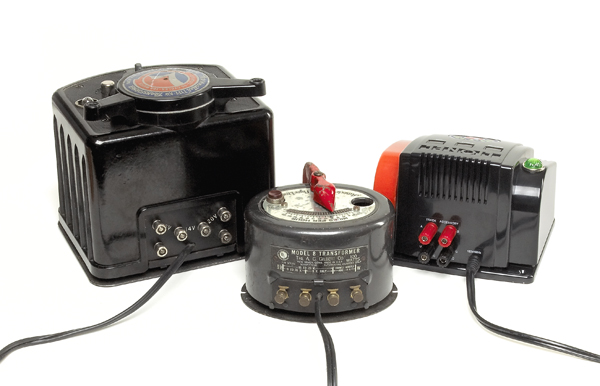
Can I use an older transformer with newer trains? Yes! Learn more in this article.
Thank you to Bob Keller for his contributions to this article.









